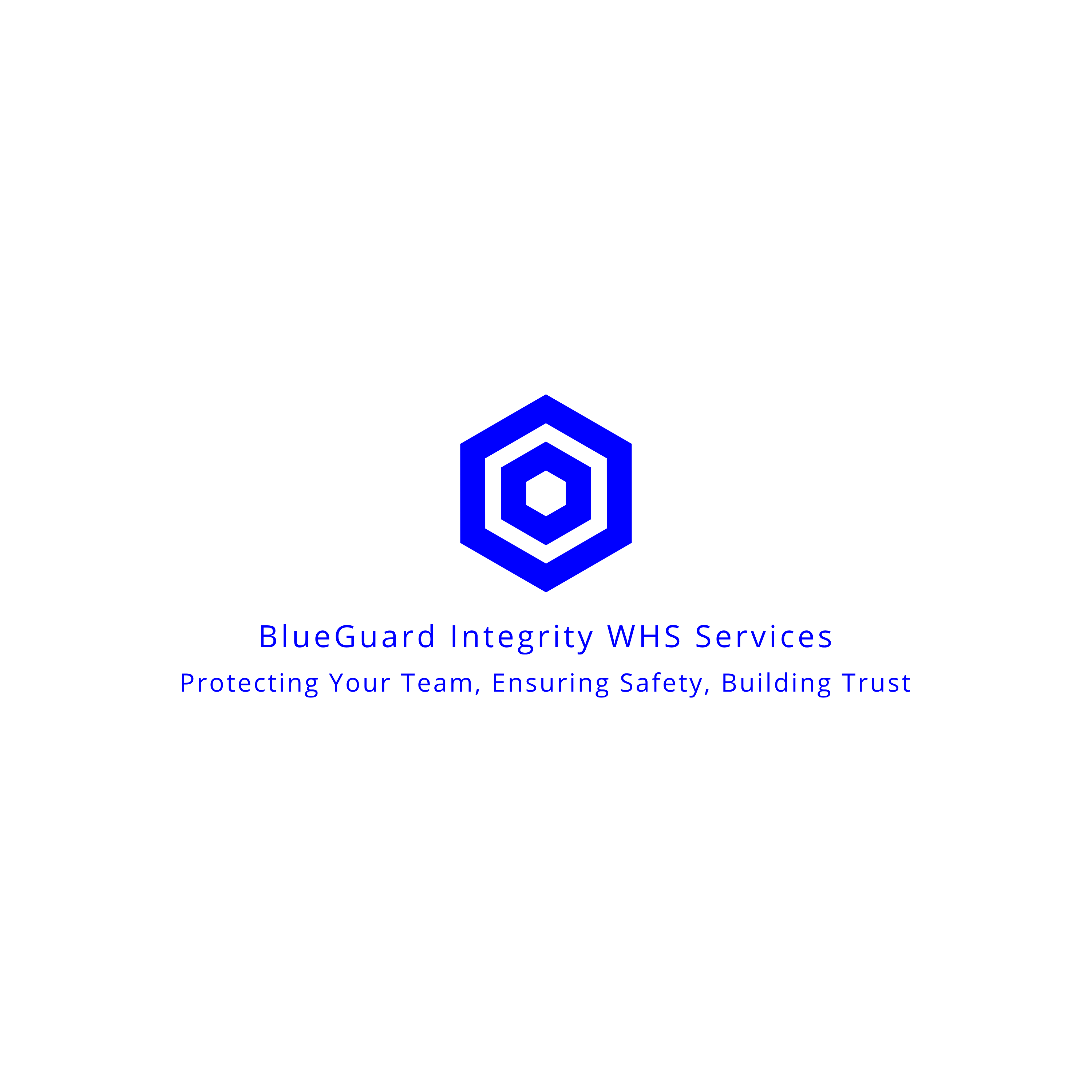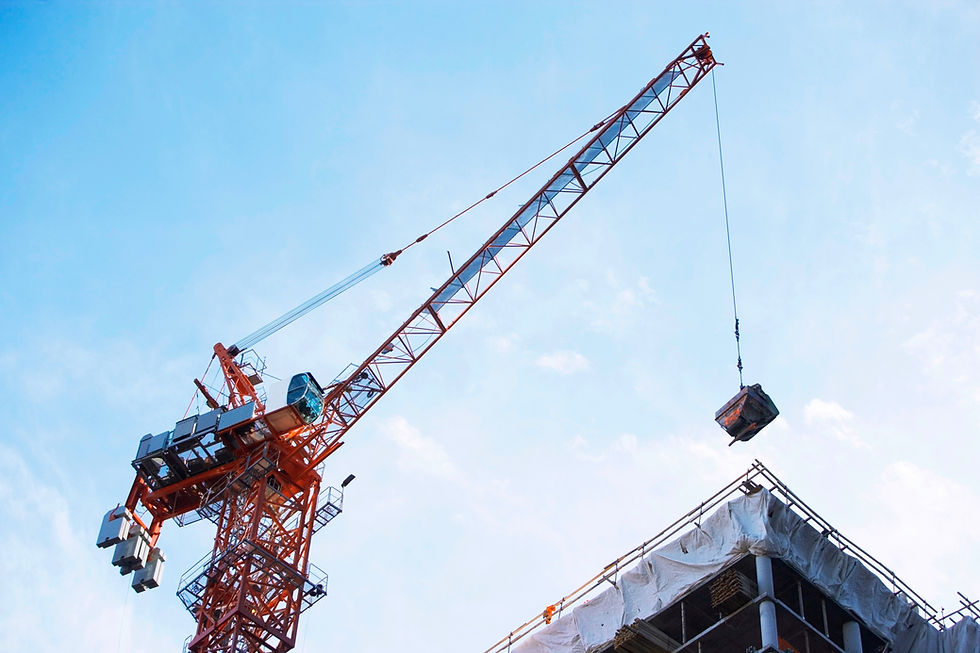Crushing Risks: How to Prevent Workplace Tragedies and Save Lives
- Rob Hubbard

- Oct 29
- 4 min read

Crush injuries remain one of the leading causes of workplace deaths in Australia, despite being largely preventable. These devastating incidents continue to occur, often due to known risks and ignored safety practices.
For instance, RPC Surface Treatment Pty Ltd faced a hefty $975,000 penalty in October when a 16-year-old labourer was crushed by a 425kg steel beam. Investigators revealed that appropriate safety controls were absent, despite the risks being well-documented.
Similarly, earlier in the same year, Monadelphous Engineering Associates was fined $685,000 after a 26-year-old man was killed when a 648kg metal frame fell from an unsecured telehandler in Kalgoorlie. Again, key safety measures like exclusion zones were either missing or poorly enforced.
These examples point to a troubling pattern:
Effective risk assessments depend on thorough execution.
Exclusion zones hold value only when actively enforced.
Safe lifting protocols must be adhered to by every team member, every time.
The question remains:
Are we truly learning from these tragedies, or are we simply waiting for the next headline?
At BlueGuard Integrity, we advocate for transforming safety from a mere formality into an intrinsic part of workplace culture. The cost of complacency isn't just financial; it’s the emotional toll on families left behind.
Let’s create worksites where heavy loads do not lead to heavy losses.

Understanding Crush Injuries
Crush injuries happen when body parts are compressed between two heavy objects or when heavy items fall on individuals. These incidents can result in serious trauma, including broken bones and even death.
In workplaces, crush injuries frequently relate to heavy machinery and poorly managed environments. For example, in 2020, crush injuries accounted for 20% of all serious workplace injuries in Australia. The consequences can be both severe and life-altering.
Despite the Australian government's efforts to enforce better safety standards, many companies still fail to implement or maintain effective safety measures. Understanding and addressing these risks is vital to preventing further tragedies.
The Importance of Risk Assessments
Risk assessments are critical for identifying potential hazards in the workplace. However, their effectiveness relies on thorough and ongoing execution. Engaging all employees in this process enhances its value, as diverse perspectives can reveal overlooked risks.
Regularly updating risk assessments based on changing conditions or new equipment is equally important. For instance, after introducing a new type of machinery, companies should reevaluate existing procedures to ensure they remain safe and effective.
By nurturing a safety-first culture through open communication, organizations can proactively manage risks instead of merely responding to incidents.
Enforcing Exclusion Zones
Exclusion zones serve as crucial safety measures in areas with heavy equipment and lifting operations. However, simply marking these zones does not guarantee safety. Strict enforcement and education about the zones’ significance are essential.
To illustrate, a construction site with an enforced exclusion zone reduced accident rates by 30% over six months compared to sites without such measures. This shows that proper training can make a substantial difference.
Regular training sessions should focus on the implications of ignoring exclusion zones, reinforcing the message through drills and safety reminders. Empowering employees with knowledge is key to maintaining a safe work environment.
Training and Competency
Insufficient training often plays a significant role in workplace accidents. Proper training should cover safe lifting techniques, machinery operation, and emergency responses.
Training must not be a one-time task. New hires should receive thorough onboarding, and existing employees should have access to regular refresher courses. For instance, companies that implemented quarterly training saw a 25% reduction in workplace accidents.
Additionally, mentorship programs can pair experienced workers with newcomers, fostering a supportive environment where safety is prioritised. This approach not only improves competency but also builds a solid community.
Learning from Near Misses
Near misses are frequently underreported but they carry valuable lessons. Creating a culture where employees feel safe to report these incidents without fear is vital.
By analyzing near misses, companies can detect patterns and proactively implement measures to prevent more serious issues. For example, a manufacturing plant that tracked near misses for a year was able to reduce incidents by 40% by addressing common hazards before they led to accidents.
Empowering staff to share their experiences can lead to meaningful safety improvements.
The Role of Leadership
Leadership is crucial in establishing a strong safety culture at work. Leaders should prioritize safety by allocating resources toward safety training and equipment while consistently communicating its importance to staff.
When leaders visibly commit to safety, it encourages all employees to follow suit. Companies where leadership is actively involved in safety initiatives reported an increase of 50% in employee engagement with safety practices.
Setting a positive example can engage the entire workforce in prioritizing safety every day.
Building a Safety Culture
Creating a safety culture requires everyone’s participation. It should not just fall on management. Every worker has a role in improving safety.
Encouraging open communication is essential. Employees should feel free to voice safety concerns and suggest improvements. Recognising safe behaviors reinforces the importance of safety. When workers see that their efforts matter, they are more likely to remain vigilant and uphold safety standards.
The Cost of Complacency
The consequences of complacency in safety go beyond financial penalties. When safety measures are neglected, it can lead to irreplaceable losses. Families grapple with the aftermath of preventable incidents, and workplaces feel the impact on morale and community.
Investing in safety should not just be about avoiding fines but about safeguarding lives. A single incident can alter lives forever.
Moving Forward
Crush injuries are preventable tragedies that affect countless workplaces in Australia. By emphasizing safety, performing thorough risk assessments, enforcing exclusion zones, and establishing a culture of accountability, we can greatly diminish these incidents.
It is time to embed safety into the minds and actions of every employee. Together, we can build safer work environments where heavy loads do not translate into heavy losses.
Let’s be proactive in learning from past tragedies and take necessary steps to ensure that no one has to endure the heartache of losing a loved one to a preventable accident. By fostering a culture of safety, we can secure a brighter future for everyone involved.





Comments